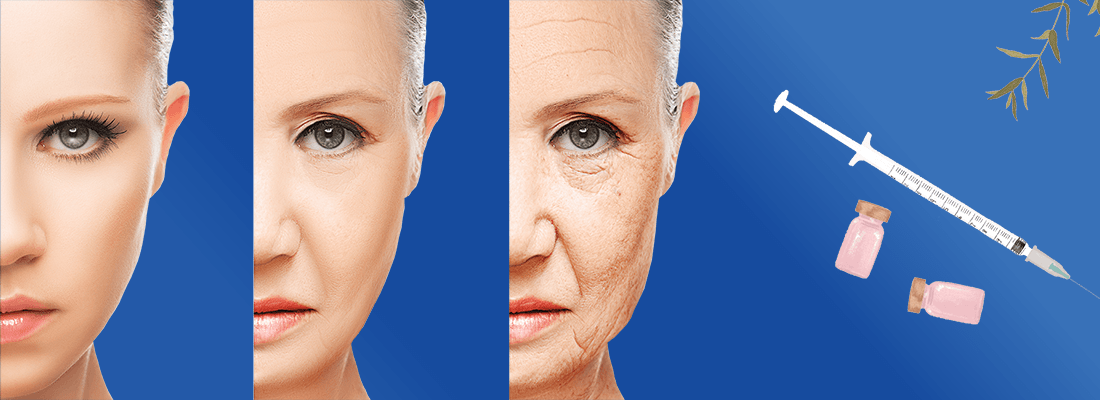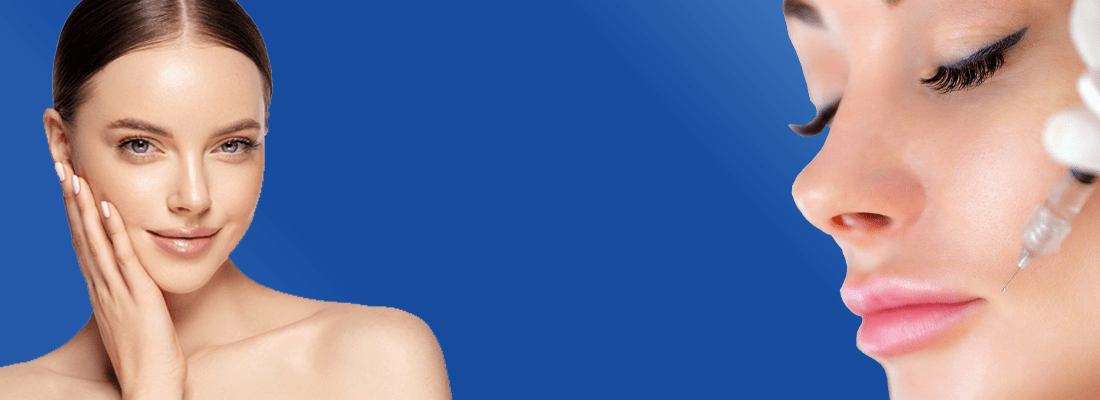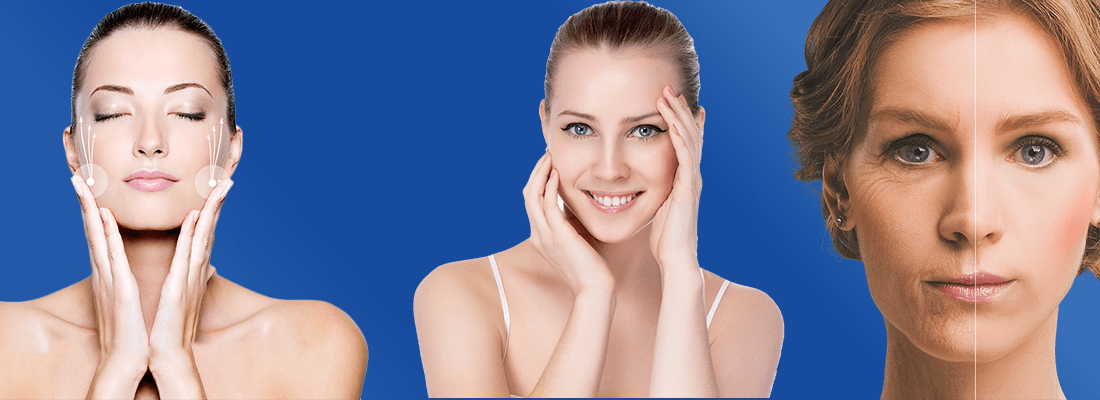Dermal fillers are known for plumping thin lips, softening the facial creases, improving the appearance of scars, removing the wrinkles, and enhancing the shallow contours. With so many benefits, it is worth opting for this treatment and elevating your entire outlook. In the following blog, we will discuss this treatment more in detail, so you can fully understand how it works.
Dermal fillers help in restoring the fullness and volume in the face. Over the times, our faces tend to lose the subcutaneous face. As facial muscles work close to the skin surface, crow’s feet and smile lines become more evident. The facial skin also starts to stretch a bit more.
In this way, dermal fillers can be very useful in softening the wrinkles across the face while improving the appearance of scars. The treatment can decrease the shadow of the lower lids, reconstruct the contour deformities, and enhance the shallow contours.

Read Also:Acne Scar Treatment
Moreover, the treatment can fill in or soften the static wrinkles particularly found on the lower end of the face and along the cheeks. Accordingly, dermal fillers are particularly helpful in dealing with the early signs of ageing, as the treatment is prominent for facial rejuvenation.
These fillers are injected beneath the surface of the skin. The substances that are used in dermal fillers usually include:
All of these substances can treat different ageing signs. The time required for the derma fillers to be applied vary. The same is with the time for which derma fillers can persist. Some of them last only for six months while other derma fillers can go up to two years or more.

Derma, skin, or lip fillers are considered to be safe. However, some side effects can still occur. These include skin rash, redness, swelling, bleeding, pimple-like eruptions, or itching. These usually happen immediately after the treatment and last only for a short period of time. After the treatment, you might also not feel any filler substance under the skin.
There are some harsher risks with dermal fillers. For instance, dermal fillers can also cause skin damages eventually causing scarring, wound, and infection. Undesirable asymmetry and lumps might also occur. On the other hand, blindness and other vision problems may also happen due to dermal fillers. However, these usually occur if the treatment was not performed in the right manner, or your skin conditions were not taken into account before injecting the fillers.
Fillers are not harmful if they are injected in an appropriate amount. However, overuse of fillers can cause plenty of problems. Over time, a large number of fillers can stretch the tissues present under the skin. This can accelerate the ageing process since the stretch tissues cannot bounce back just like the previous ones.

Read Also: How Skin Procedures Can Make Your Skin More Ravishing & Smooth?
With the filler gone, a large space is left within the skin that requires extensive fillers over the time in order to stay inflated. As more and more fillers are injected, the pocket tends to expand and become more significant. However, if you decide not to fill the space, it can become loopy and wrinkly. The skin, especially around the lips, starts to stretch out.
Extensive fillers can also migrate to different areas of the skin after they are injected. Lip fillers particularly need to be handled with care because the lip is a muscle and therefore, the fillers can move around, clump together, and eventually, deform the lip.
Many people opt for fillers after their 30s in order to deal with the early signs of ageing. People of younger age also opt for dermal fillers, but they only make up a smaller portion of the population. By doing so, people can start an early anti-ageing regiment and deal with the unwanted symptoms from appearing later on.
However, whether you get dermal fillers at an early age or later on depends upon you. Individuals’ bodies mature at different rates. Therefore, it comes down to your own choice and skin needs. If you think you would like to have a fuller skin, then the treatment might be the right decision for you.
As we grow old, the skin tends to become thinner, and its elasticity decreases. The wrinkles and fine lines also start to set in as the skin sags more. In this way, dermal fillers can be the best treatment to bring back facial fullness. Dermal fillers can smooth the wrinkles and increase the volume in areas of the skin you desire.

Your pout can become more plumper while the thin lines around the lips can become less visible. The fullness around your cheeks and contour areas can also be restored. Besides this, inject able dermal fillers can also provoke collagen production within the skin.
It is best to discuss your skin and health needs with the dermatologist before getting the fillers. Doing so can ensure that you are not compromising your health. But generally, it is recommended to avoid alcohol, high sugar foods, and high-sodium foods before and after the treatment for up to 48 hours. In case you have a cold and flu, it is also best to avoid the treatment and reschedule it.
You might feel slight discomfort when the filter is injected in the skin. However, an anesthetic cream can be used to minimize the discomfort. Fillers having pre-mixed local anesthetic can also be used to decrease the pain as much as possible.
Dermal fillers are one of the best treatments to deal with anti-ageing signs. However, before you opt for the treatment, you should discuss your skin needs with a professional dermatologist who can guide you if it is right for you or not.
Copyright © Certified Aesthetic Clinic 2026.
All rights reserved.
Developed By BThrust - Website
Design Services and SEO Company in
Singapore